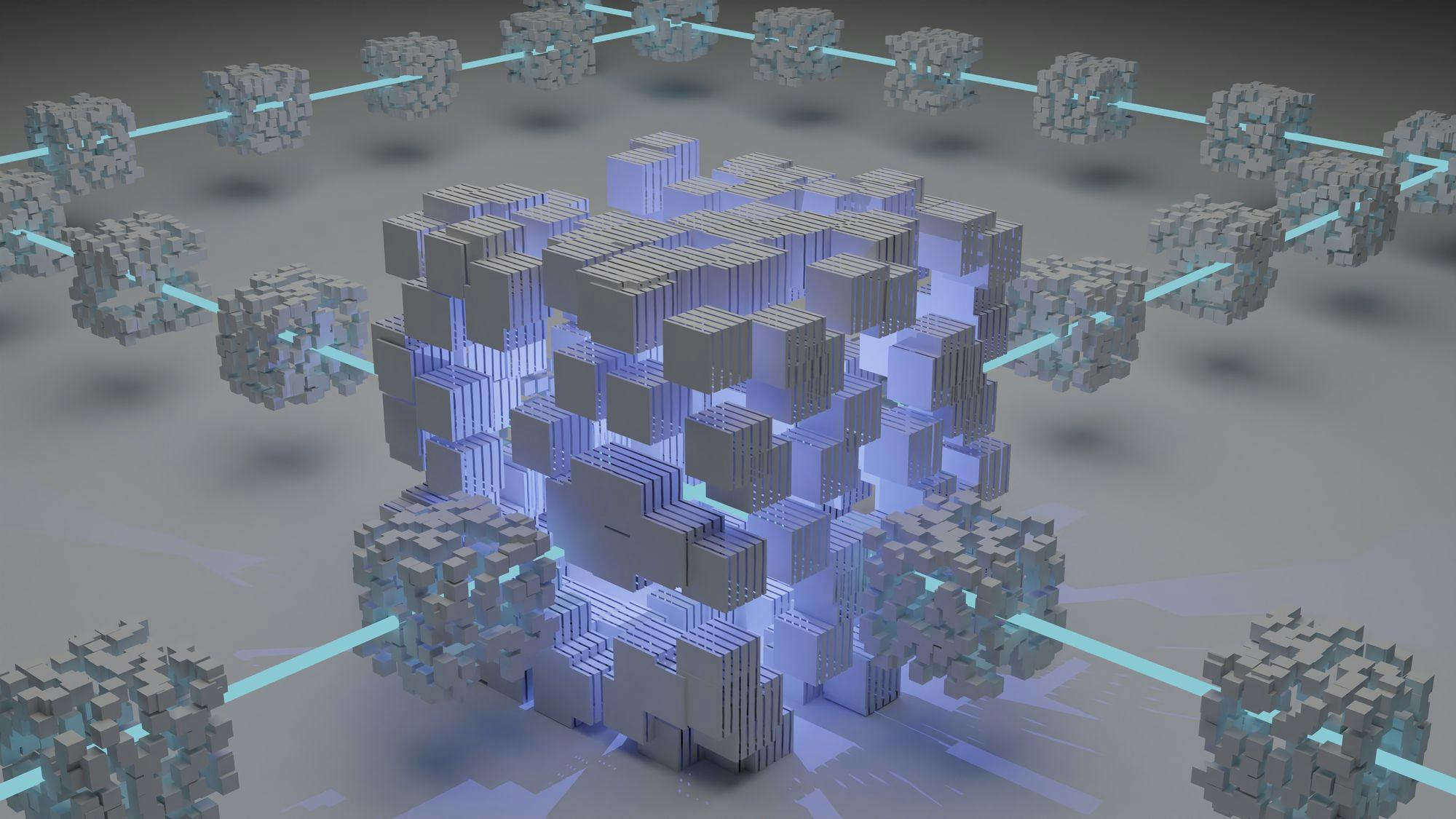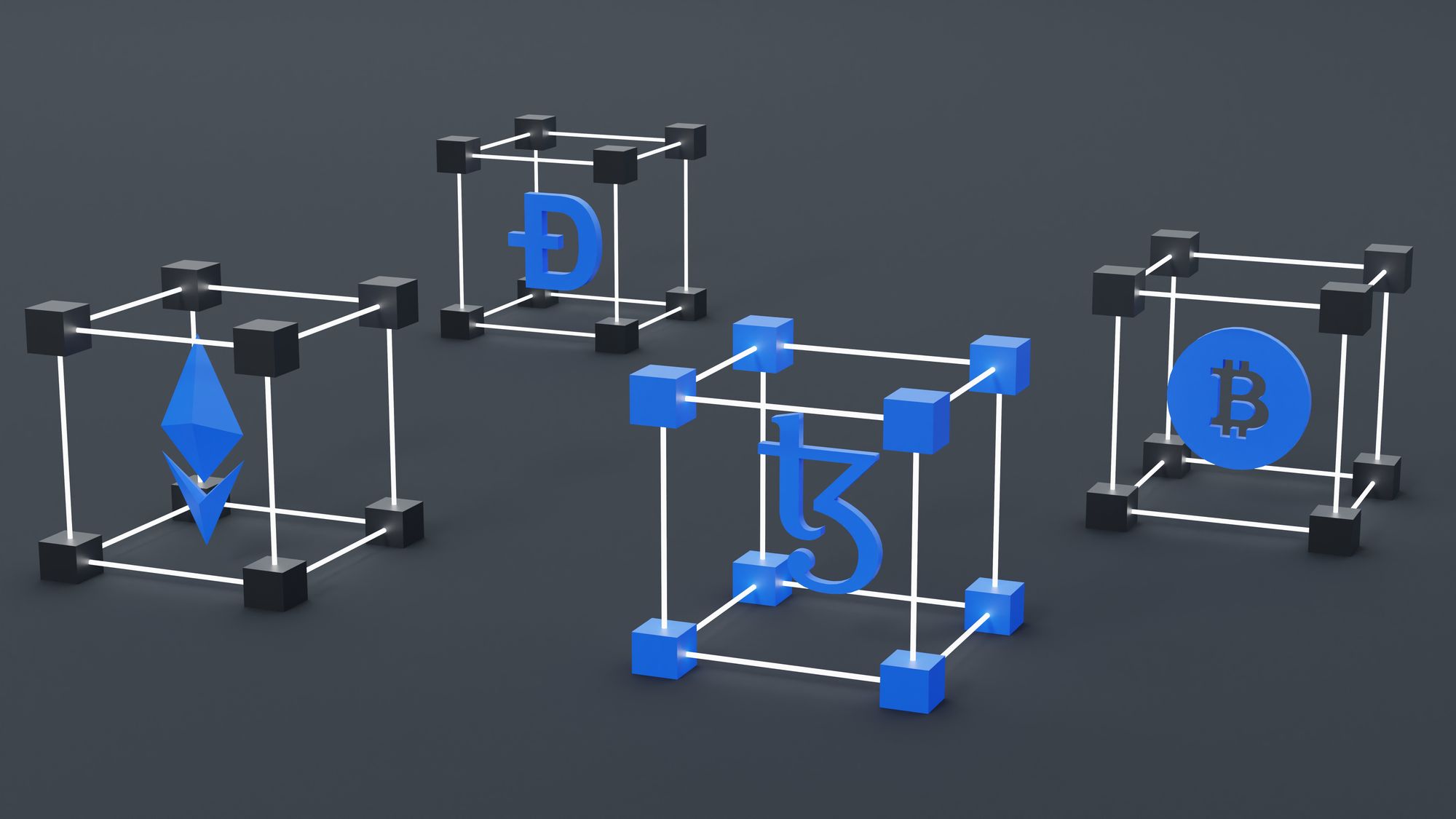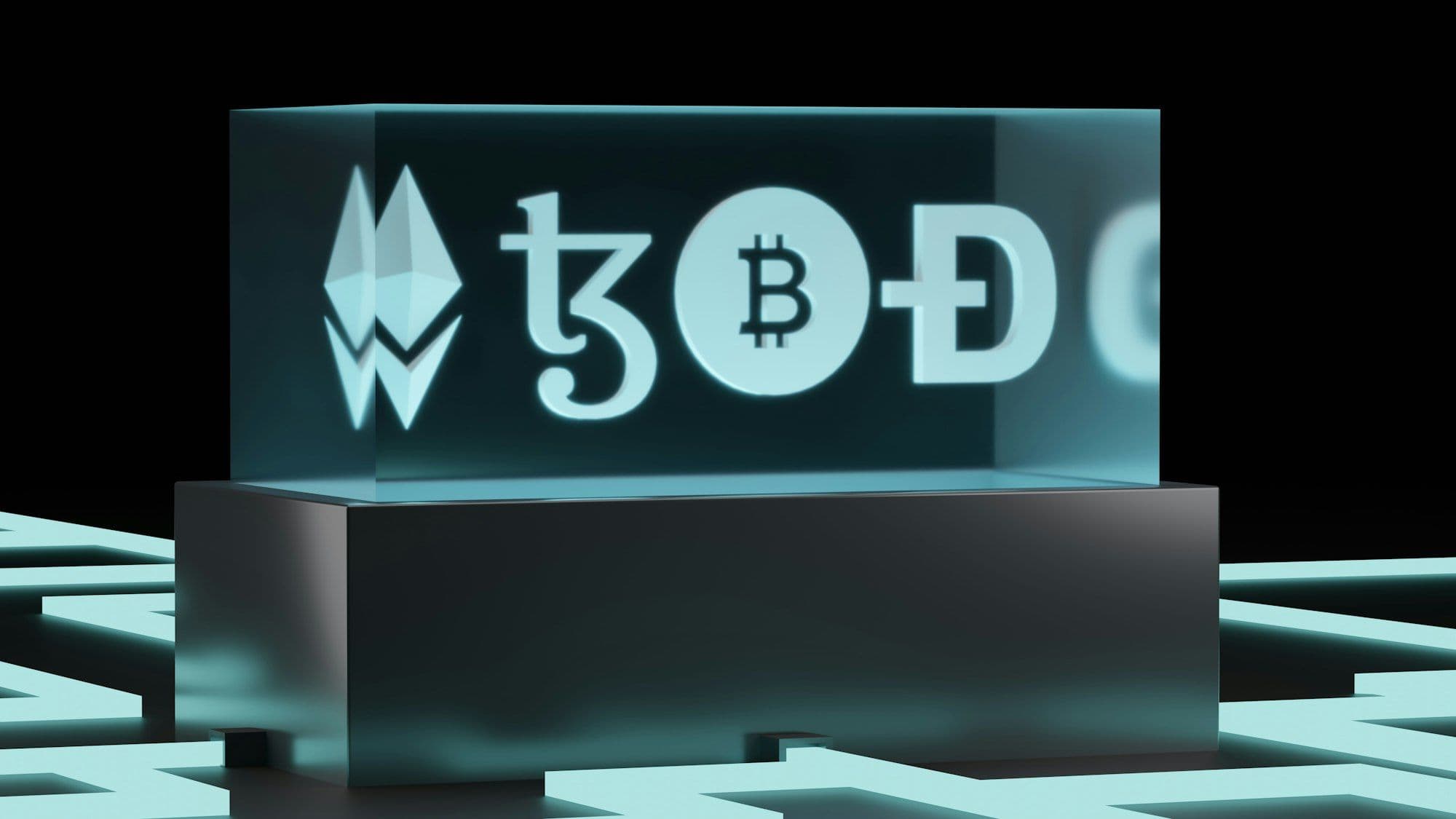
First and foremost, It’s crucial to know that Non-Fungible Tokens (NFTs) have emerged as a significant innovation, offering unique opportunities for digital ownership and creativity. Stacks, a pioneering blockchain network that extends the capabilities of Bitcoin, has become a fertile ground for NFT development. This article delves into the intricacies of indexing NFTs on Stacks, providing a comprehensive guide for enthusiasts and developers alike, regardless of their level of experience. Whether you're just starting out or looking to deepen your understanding of NFTs on the Stacks platform.
Understanding Stacks and Its Blockchain
Stacks is a distinctive blockchain platform that uniquely integrates with Bitcoin's security and stability. It uses a consensus mechanism called Proof of Transfer (PoX), linking it directly to Bitcoin, which enhances its robustness. For those diving into NFTs on Stacks, understanding its smart contract language and clarity is key. Clarity is designed for transparency and predictability, essential for managing NFTs effectively. This makes Stacks an ideal environment for developers, especially beginners, to explore and create decentralized applications (dApps) and NFTs, leveraging the combined strength of Stacks' innovative technology and Bitcoin's established security.
The Essentials of NFTs on Stacks
NFTs on Stacks follow particular standards like SIP-009, which define the characteristics and functionalities of these digital assets. For anyone interested in indexing or developing NFTs on this platform, it's crucial to first understand these standards. By examining existing NFT projects on Stacks, you gain valuable insights into how these tokens are structured and how they interact with the blockchain. It's all about building a solid foundation for effective indexing. Understanding these standards and observing real-world applications of NFTs on Stacks equips you with the knowledge needed to navigate the NFT landscape on this unique blockchain, whether you're a developer, investor, or enthusiast.

The Indexing Process
Indexing NFTs on Stacks involves several key steps:
1. Accessing Blockchain Data:
To begin indexing NFTs on Stacks, the first crucial step is accessing blockchain data. This is done through the Stacks Blockchain API, a powerful tool that provides access to a wealth of information. When you query this API, you can retrieve comprehensive data about NFT transactions, including the creation of new NFTs, transfer events, and the current ownership status.
Example: If you're interested in a particular NFT collection, you can use the API to fetch all transactions related to that collection. This data will include when each NFT was minted, who has bought or sold them, and their current owners. This step is foundational as it gathers the raw data needed for further analysis and indexing.
2. Filtering Relevant Transactions
Once you have access to the blockchain data, the next step is filtering out the transactions that are relevant to your NFT indexing objectives. This involves sifting through a large volume of blockchain activities to pinpoint those specifically related to NFTs.
Example: If your focus is on a specific artist's NFTs, you would filter transactions to include only those involving the artist's wallet address or the specific token IDs of their artworks. This targeted approach ensures that you're working with data that is pertinent to your indexing goals, enhancing the efficiency and relevance of your process.
3. Extracting and Storing Data
After identifying the relevant transactions, the next phase is extracting key information from them. This includes details like token IDs, which uniquely identify each NFT, metadata that provides information about the NFT (such as the artist's name, the artwork's title, and its attributes), and the addresses of current and previous owners. This extracted data should be organized and stored systematically.
Example: You might use a database to store this information, with separate tables for different types of data. This organization is crucial for easy access and analysis later on. It also allows for more sophisticated queries, such as tracking the ownership history of a particular NFT or analyzing trends in the market.
4. Real-Time Monitoring and Updates
For those who need the most current information, such as traders or market analysts, setting up a system for real-time monitoring and updating of NFT transactions is essential. This could involve creating scripts or using software that continuously queries the Stacks Blockchain API for new transactions and updates your database accordingly.
Example: If a popular NFT is sold, your system would immediately capture this transaction, allowing you to analyze and respond to market movements swiftly.
Advanced Indexing Strategies
Exploring beyond the basic Stacks Blockchain API to more sophisticated APIs like Stacks.js and Hiro's is key. which provide detailed data and insights into NFT market trends and transaction histories, enhancing your understanding of blockchain analytics. Additionally, learning about Clarity smart contracts is crucial, as it reveals the structure and unique features of NFTs, akin to becoming an expert in blockchain indexing. Engaging with decentralized marketplaces on Stacks, such as StacksNFT and Sigle, also offers valuable hands-on experience in the NFT trading world.

Building a Community Around Your NFTs
Engaging with the Stacks community can significantly enhance your NFT journey. Whether it's through forums, social media, or community events, connecting with other enthusiasts can provide support, insights, and collaboration opportunities. For creators, building a community around your NFTs can lead to greater visibility and success. Platforms like Discord and Reddit are excellent places to start building these connections. This community-building is a key aspect of Web 3.0 infrastructure, where collaboration and decentralized networks thrive.
The Conclusion:
Charting your path in the NFT is the road to learning NFT indexing on Stacks is both challenging and rewarding. It offers a unique blend of technical skills, creative exploration, and community engagement. If you're a developer, artist, or enthusiast, your contributions can shape the future of digital ownership on the Stacks platform. This pioneering spirit is at the heart of the blockchain technology index, driving innovation and new possibilities in the world of NFTs and beyond.
Want to know more about Indexing NFTs?
For those new to blockchain indexing, Indexer.xyz provides an easy start. Our Indexer API simplifies access to extensive blockchain data, perfect for beginners. It's a tool that offers essential insights for your projects, helping you navigate the complexities of blockchain with ease. Begin your indexing journey with Indexer.xyz and unlock the potential of blockchain data effortlessly.



